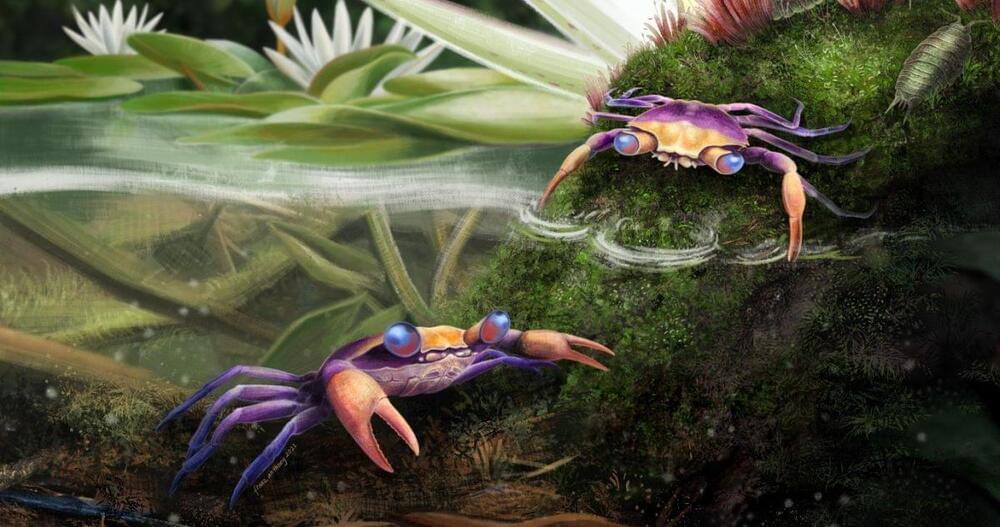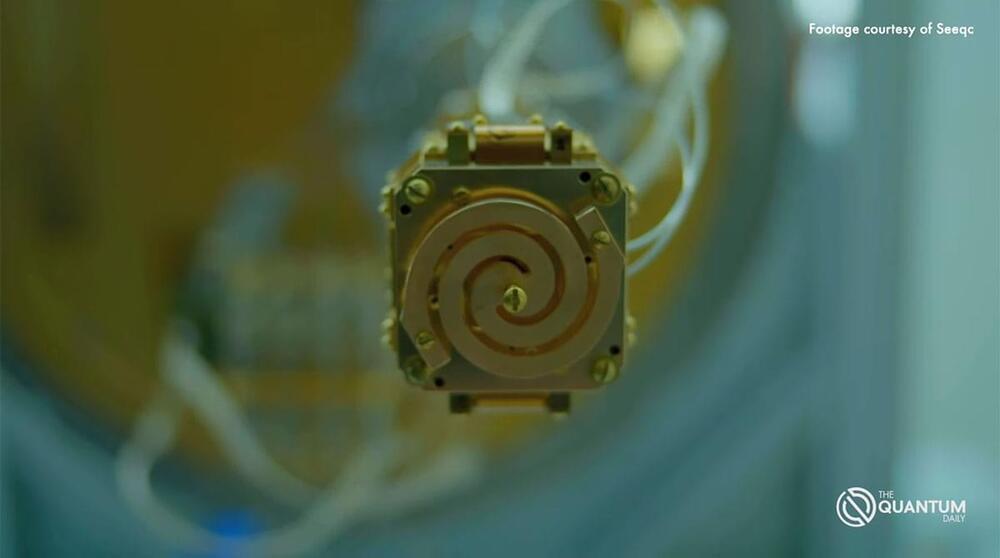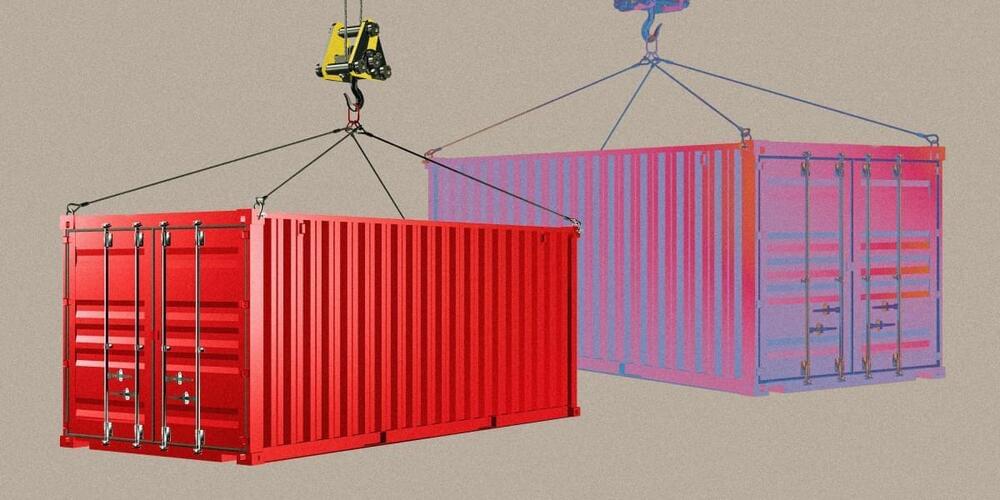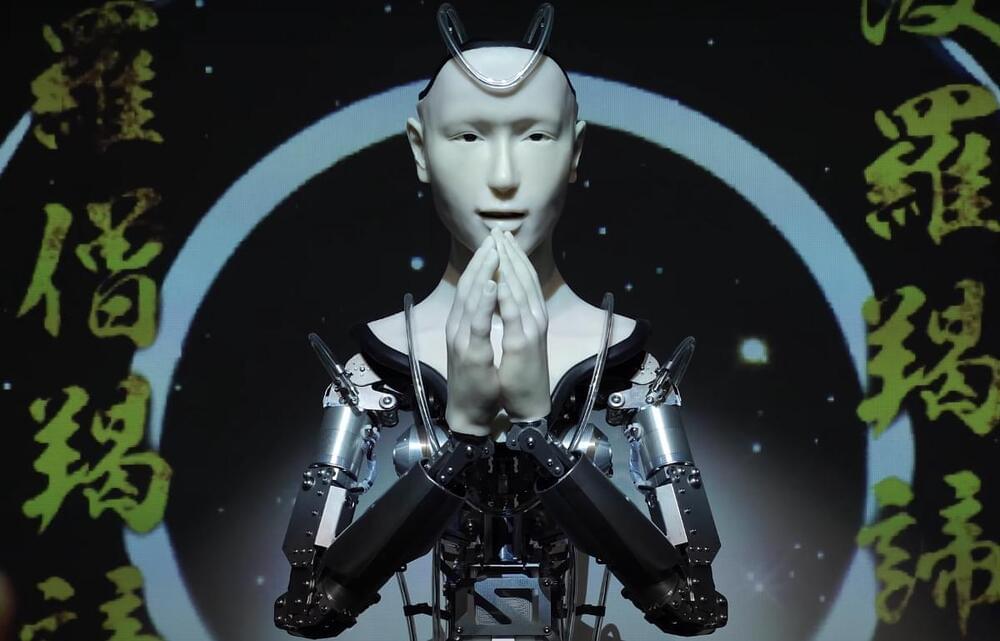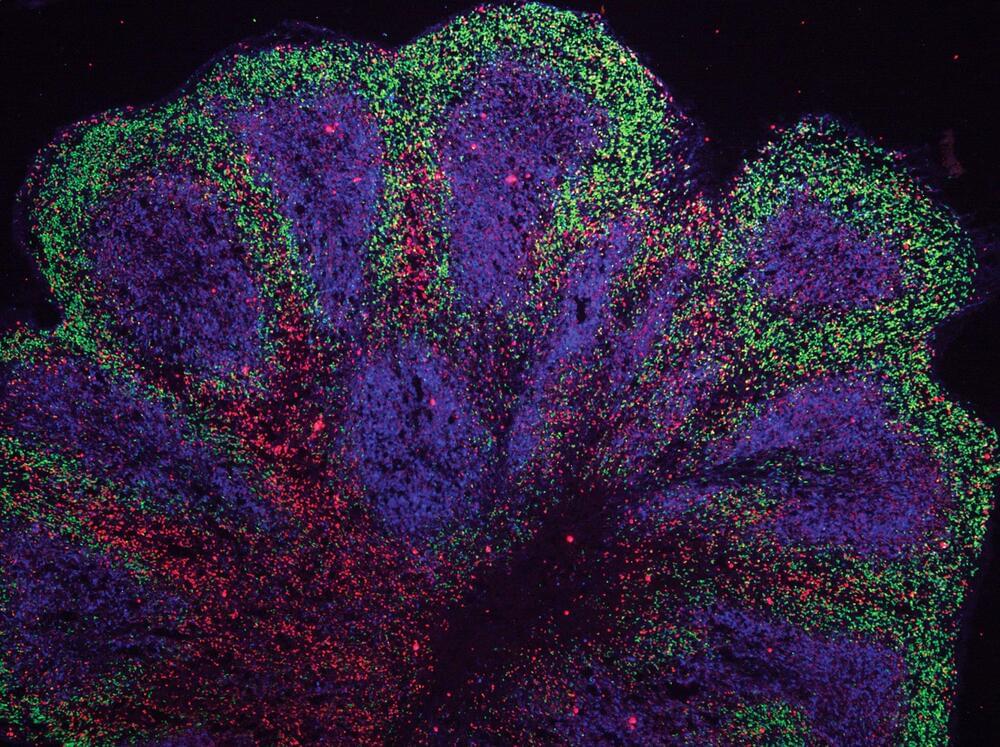Page 6057
Oct 27, 2021
Tiny ‘immortal’ crab entombed in amber discovered in a first of its kind
Posted by Genevieve Klien in category: life extension
Oct 27, 2021
Qubits for the future: YouTube documentary explores how quantum computing could promote sustainability
Posted by Genevieve Klien in categories: climatology, education, nanotechnology, quantum physics, robotics/AI, sustainability
Laura Hiscott reviews Quantum Technology | Our Sustainable Future by The Quantum Daily.
How could quantum computing help us to fix climate change? This is the question at the heart of Quantum Technology | Our Sustainable Future, a half-hour-long documentary published on YouTube in July.
Oct 27, 2021
Blue Origin Reveals Orbital Reef Space Station! (Watch it here)
Posted by Genevieve Klien in category: space travel

Blue Origin and Sierra Space have revealed plans for Orbital Reef, a commercial space station to be built in low Earth orbit. Check out animation of what it will look like here.
Oct 27, 2021
An Ultra-Precise Clock Shows How to Link the Quantum World With Gravity
Posted by Genevieve Klien in categories: particle physics, quantum physics, space
The infamous twin paradox sends the astronaut Alice on a blazing-fast space voyage. When she returns to reunite with her twin, Bob, she finds that he has aged much faster than she has. It’s a well-known but perplexing result: Time slows if you’re moving fast.
Gravity does the same thing. Earth — or any massive body — warps space-time in a way that slows time, according to Albert Einstein’s general theory of relativity. If Alice lived her life at sea level and Bob at the top of Everest, where Earth’s gravitational pull is slightly weaker, he would again age faster. The difference on Earth is modest but real — it’s been measured by putting atomic clocks on mountaintops and valley floors and measuring the difference between the two.
Physicists have now managed to measure this difference to the millimeter. In a paper posted earlier this month to the scientific preprint server arxiv.org, researchers from the lab of Jun Ye, a physicist at JILA in Boulder, Colorado, measured the difference in the flow of time between the top and the bottom of a millimeter-tall cloud of atoms.
Similar to grass stems, Lawrence Livermore National Laboratory (LLNL) scientists have created nanostrut-connected tube-in-tubes that enable stronger low-density structural materials.
Porous materials with engineered stretching-dominated lattice designs, which offer attractive mechanical properties with ultra-light weight and large surface area for wide-ranging applications, have recently achieved near-ideal linear scaling between stiffness and density.
In the new research, the team developed a process to transform fully dense, 3D-printed polymeric beams into graphitic carbon hollow tube-in-tube sandwich structures, where, similar to grass stems, the inner and outer tubes are connected through a network of struts. The research is on the cover of the Oct. 25 issue of Nature Materials.
Oct 27, 2021
How AI could solve supply chain shortages and save Christmas
Posted by Genevieve Klien in category: robotics/AI
Just-in-time shipping is dead. Long live supply chains stress-tested with AI digital twins.
Oct 27, 2021
‘Meet Your Maker’: The robot priests taking the world
Posted by Claudio Soprano in category: robotics/AI
In an era of diminished religious affiliation, faith leaders are turning to technology to help usher worshippers back into the flock.
Oct 27, 2021
Scientists Grow “Mini Brains” in the Lab — Find Potential Treatment Path for Fatal Neurological Disease
Posted by Nicholi Avery in categories: biotech/medical, neuroscience
𝙎𝙘𝙞𝙚𝙣𝙩𝙞𝙨𝙩𝙨 𝙂𝙧𝙤𝙬 “𝙢𝙞𝙣𝙞 𝙗𝙧𝙖𝙞𝙣𝙨” 𝙞𝙣 𝙩𝙝𝙚 𝙇𝙖𝙗-𝙁𝙞𝙣𝙙 𝙋𝙤𝙩𝙚𝙣𝙩𝙞𝙖𝙡 𝙏𝙧𝙚𝙖𝙩𝙢𝙚𝙣𝙩 𝙋𝙖𝙩𝙝 𝙛𝙤𝙧 𝙁𝙖𝙩𝙖𝙡 𝙉𝙚𝙪𝙧𝙤𝙡𝙤𝙜𝙞𝙘𝙖𝙡 𝘿𝙞𝙨𝙚𝙖𝙨𝙚
Cambridge researchers have developed ‘mini brains’ that allow them to study a fatal and untreatable neurological disorder causing paralysis and dementia – and for the first time have been able to grow these for almost a year.
A common form of motor neuron disease, amyotrophic lateral sclerosis, often overlaps with frontotemporal dementia (ALS/FTD) and can affect younger peo… See More.
Oct 27, 2021
I am so excited that my works are finally getting international recognition
Posted by Kelvin Dafiaghor in categories: education, employment, robotics/AI
For us at the OEC promoting STEM Education and Artificial Intelligence as well as preparing students with future job skills has been our focus for the past 5 years. We would not relent as we know that the robots are not just coming to take over our jobs but they are coming to be our Bosses and many in Africa are not aware of this hence OEC is poised to change the narrative by engaging in Talk shows, workshops, boot camps, seminars, etc. The job is huge but we say thank you to our wonderful partners that have also been there for us each time we call for support. These awards are clarion calls to do more and we would continue to push to see that my dear continent does not lose out in the fourth industrial revolution powered by intelligent machines.

